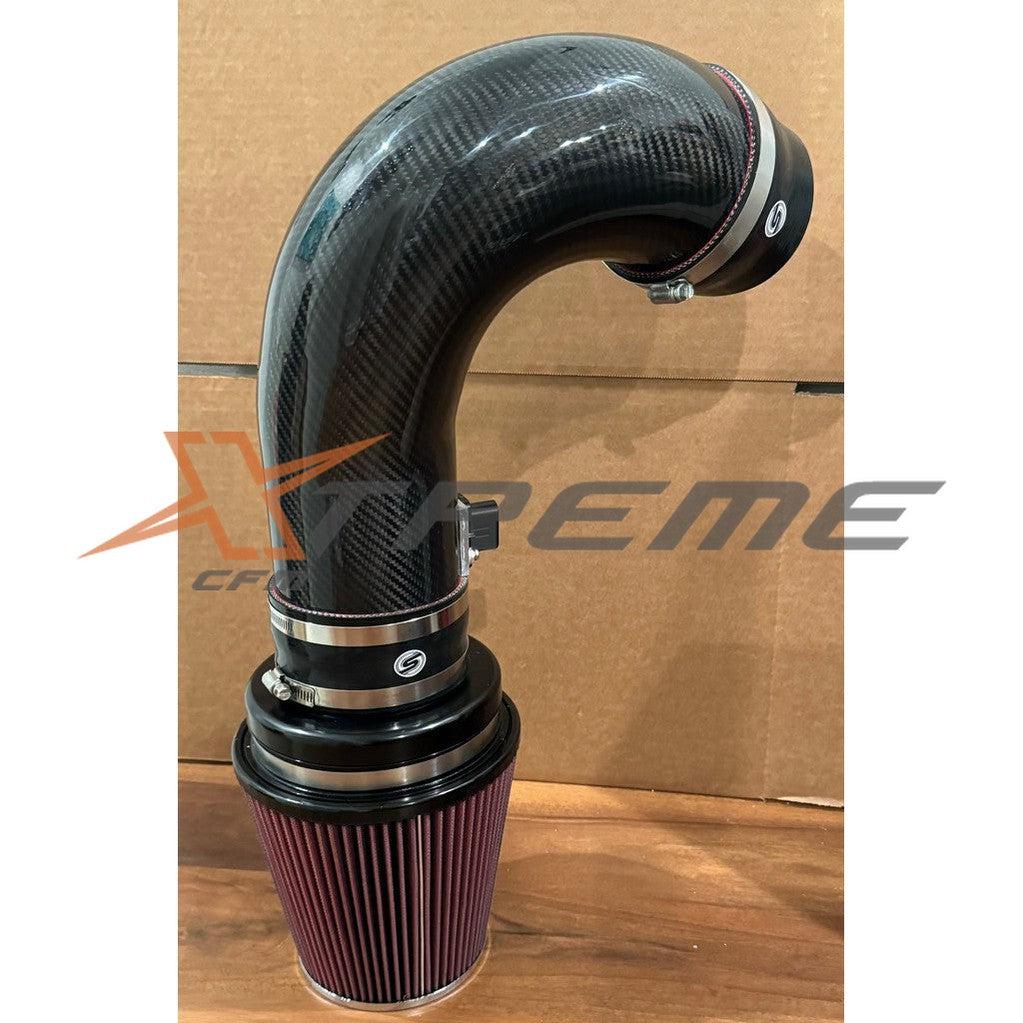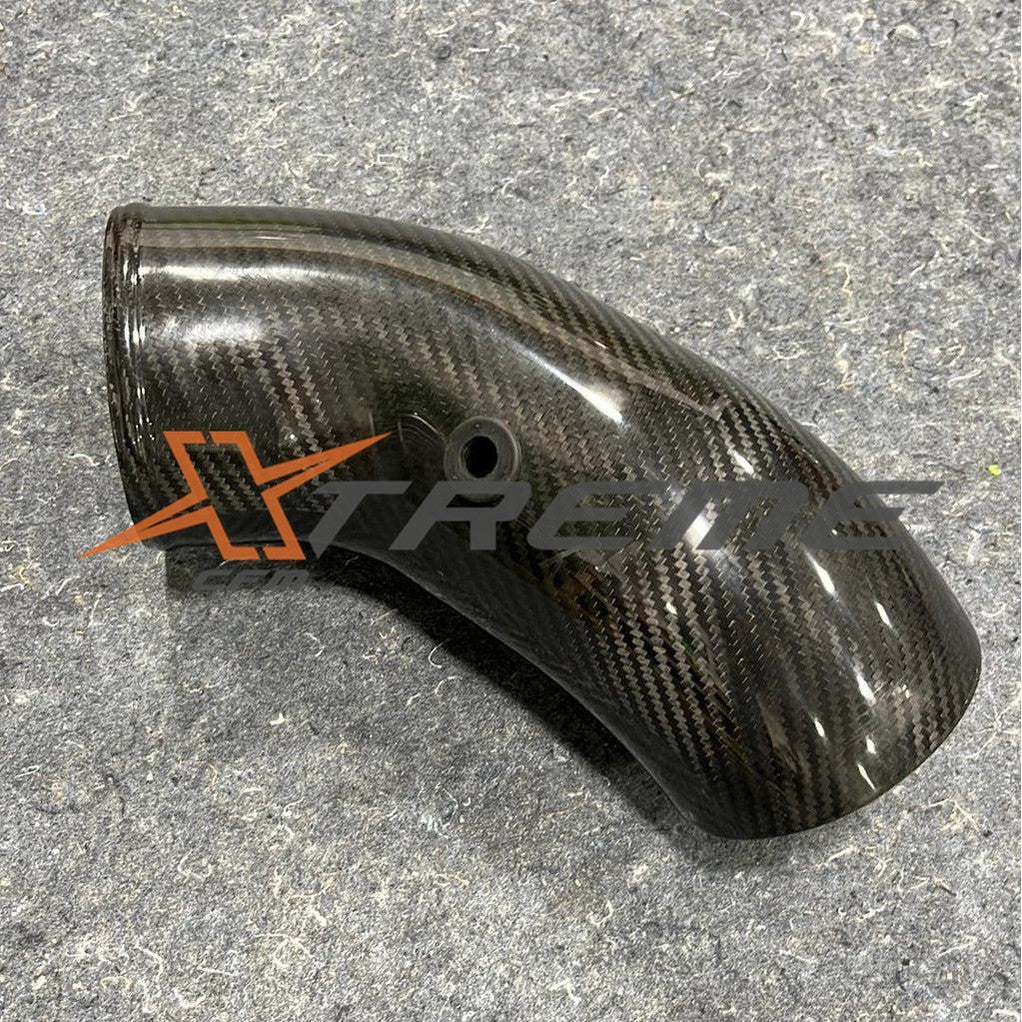
The Magic Behind Mass Airflow Sensors 🌬️🔮
Discover the world of Mass Airflow Sensors (MAFs) and their vital role in your vehicle's performance. Let's embark on an exciting journey to understand how these little wonders work and their impact on your car's tuning.
A Glimpse into the Heart of MAFs
A Mass Airflow Sensor (MAF) is a crucial component in modern vehicles. It measures the volume of air entering the engine, allowing the engine control unit (ECU) to calculate the optimal air-fuel mixture for efficient combustion.
Unraveling the Purpose of MAFs
MAFs are essential for ensuring top-notch engine performance and fuel efficiency. By monitoring the volume of air entering the engine, the ECU can determine the appropriate fuel-to-air ratio. This fine-tuning guarantees that the engine operates efficiently and minimizes fuel waste, while also reducing emissions.
The Strategic Placement of MAFs
Typically, MAFs are mounted within the cold air intake system, close to the air filter. This strategic location allows the sensor to accurately measure incoming air before it reaches the engine. Additionally, this placement safeguards the MAF from extreme heat, which could damage the sensor or affect its precision.
The Intricate Functioning of MAFs
So, how do MAFs technically work? Two common types of MAFs are the hot-wire and vane-type sensors. The hot-wire sensor features a heated wire exposed to the incoming air. As the air flows over the wire, it cools down, and the sensor measures the electrical resistance change to determine the air mass. The vane-type sensor, on the other hand, has a spring-loaded flap that moves with the incoming air, and a potentiometer measures the flap's position to calculate the airflow.
MAFs: The Varieties and Their Peculiarities
Different types of MAFs exist to accommodate the diverse needs of various engines. The most common ones include hot-wire, hot-film, and vane-type sensors. Hot-wire and hot-film sensors are more accurate and faster to respond to airflow changes. Vane-type sensors, although less common in modern vehicles, are still used in some applications due to their simplicity and reliability.
The Connection Between MAFs and Car Tuning
MAFs play a significant role in car tuning. When modifying a car's performance, factors like installing an aftermarket intake, upgrading the exhaust system, or adding forced induction can change the air volume entering the engine. In such cases, it's crucial to recalibrate the MAF sensor to ensure accurate airflow measurements, allowing the ECU to adjust the fuel mixture accordingly.
MAFs and the Cold Air Intake Romance
Why are MAFs installed in the cold air intake? The answer lies in the quest for optimal performance. A cold air intake system draws cooler air from outside the engine bay, resulting in denser air with more oxygen. This cooler air helps the engine produce more power while reducing the risk of knocking. By placing the MAF within the cold air intake, it can accurately measure this denser air and relay the information to the ECU, ensuring optimal fuel combustion and improved performance.
In conclusion, MAFs are essential components that contribute significantly to a vehicle's performance, fuel efficiency, and emissions control. Understanding their function and impact on car tuning will help enthusiasts make better decisions when upgrading
- Choosing a selection results in a full page refresh.









